Special Sessions Confirmed (04/12/2019)
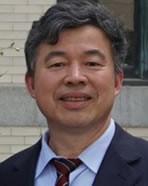
Yiqiang Xiang
Zhejiang University
Hangzhou, China

W. Phillip Yen
International Association of Bridge Earthquake Engineering
VA, USA
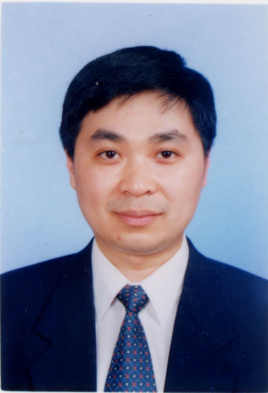
Xuefei Shi
Tongji University
Shanghai, China
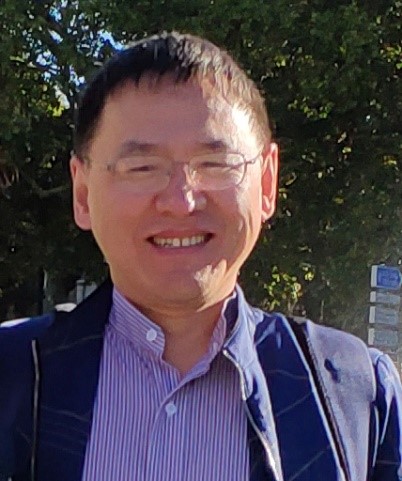
Zhao Liu
Southeast University
Nanjing, China

Qinghua Zhang
Southwest Jiaotong University
Chengdu, China
Compared with the traditional cast-in-place construction technology with scaffolding, Accelerated Bridge Construction (ABC) has the advantages of small traffic impact, low total cost, high construction safety and quality, and can effectively realize the industrialization of construction. However, at present, the research on the life-cycle design performance, theoretical methods, disaster prevention and reduction of the bridges built by ABC as well as the replacement and restoration of old bridges is not mature, especially in the developing countries. ABC technology and bridge performance built by ABC are still in the exploration stage.
This session will focus on the state-of-the-art and practices of ABC technology, the innovative Accelerated Bridge Construction (ABC) methods, the structural performance, theoretical methods of design, disaster prevention and reduction, and relative guides or standards etc for the life-cycle of rapid construction bridges.
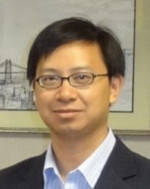
Honghu Zhu
Nanjing University
Nanjing, China

Huafu Pei
Dalian University of Technology
Dalian, China

Dongsheng Xu
Wuhan University of Technology
Wuhan, China
With the rapid development in the construction of geoengineering related infrastructures, the construction quality of these structures and their safety operation become a major concern. To ensure this and prevent various potential disasters, the improvement of the level of engineering monitoring technology is a necessity. Recently, a series of distributed fiber optic sensing (DFOS) technologies, such as Optical Time Domain Reflectometer (OTDR), Brillouin Optical Time Domain Reflectometer (BOTDR), Brillouin Optical Time Domain Analysis (BOTDA), Raman Optical Time Domain Reflectometer (ROTDR), and Fiber Bragg Grating (FBG), have been developed. As these distributed technologies feature of sensing integrating with transmitting, with the characteristics of distributed measuring, long distance, insensitivity to corrosion, immunity to electromagnetic interference, etc., it has a bright and wide application prospect in the field of geoengineering monitoring. It is, therefore, of increasing interests to seek rational solutions for technical and practical problems related to distribute fiber optic sensing network in geo-engineering field. We invite the researchers in this field to participate in this special session and give presentations on up-to-date research findings, hotspots and difficult subjects related to DFOS-based geoengineering monitoring. Potential topics include, but are not limited to:
Recent development of full and quasi distributed fiber optic monitoring technologies
Demodulation technologies for distributed fiber optic sensing network
Data acquisition and wireless transmission technologies for distributed fiber optic sensing network
Temperature compensation and abnormality recognition for distributed fiber optic sensing network
Distributed fiber optic monitoring technologies of geo-materials with large deformation
Development of special distributed fiber optic sensing fibers and cables
Designing, installation and protection of distributed fiber optic sensing network in geo-engineering
Safety monitoring and diagnosis system based on distributed fiber optic monitoring technologies
Integration of distributed fiber optic sensing network in geo-engineering monitoring field
Case study of applications of distributed fiber optic monitoring technologies in geo-engineering
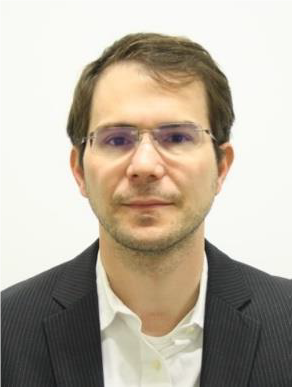
Roman Wan-Wendner
Ghent University, Ghent, Belgium
BOKU Vienna, Vienna, Austria
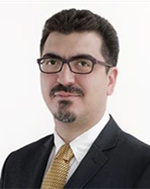
Panagiotis Spyridis
TU Dortmund University
Dortmund, Germany
Life-cycle engineering is strongly related with (i) the assessment of existing structures, and (ii) interventions on existing structures such as repair and strengthening measures in order to extend an asset’s service life. Particular attention is devoted to the time-dependent interaction between existing and added structural elements, both at the system scale and the scale of individual connections. This special session aims to address the life cycle performance of structural interfaces. Its scope includes but is not limited to differential ageing, hygral and thermal phenomena, creep, and multiphase material interactions – all in the light of uncertain load histories and predictions.
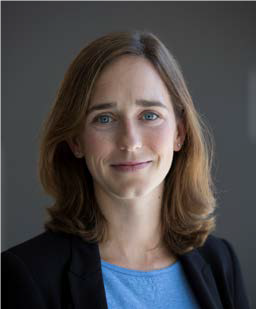
Cristina Torres-Machi
University of Colorado Boulder
Boulder, USA
Global awareness of natural hazards has gained attention in the last decades. In the 2014-2018 period, the World Economic Forum has consistently ranked extreme weather 1 or 2 (both in likelihood and impact) in the survey of global risks. Because of the costly and sometimes catastrophic effects natural hazards pose to infrastructure, the civil engineering community is gaining awareness of the need to incorporate these events in life-cycle analysis. This SS will present current trends of research to incorporate natural hazards in the life-cycle analysis of civil infrastructure.

Sopokhem Lim
Waseda University
Tokyo, Japan

Mitsuyoshi Akiyama
Waseda University
Tokyo, Japan

Dan M. Frangopol
Lehigh University
Bethlehem, USA
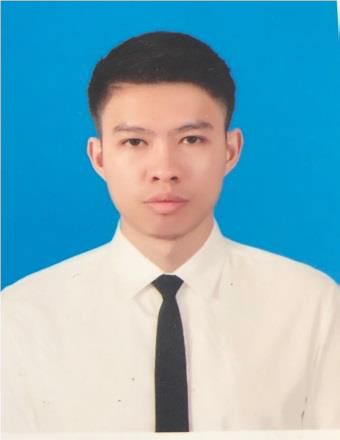
Thanapol Yanweerasak
Kasetsart University
Bangkok, Thailand

You Dong
The Hong Kong Polytechnic University
Hong Kong, China
Civil infrastructure systems deteriorate due to aging, mechanical stressors, and harsh marine environment, among others. Major unplanned repairs or replacement of deteriorated infrastructures represent a significant economic loss. Our better knowledge on time-dependent reliability assessment of deteriorating structures is therefore indispensable for important decisions on repair and maintenance plans to preserve their structural performance and safety over certain thresholds and to prevent great economic loss. This special session aims to invite papers dealing with the time-dependent reliability assessment of deteriorating structures under uncertainties associated with multiple hazards, by utilizing updated information from experiment, inspection, or monitoring methods.

Bryan T. Adey
Swiss Federal Institute of Technology, Zurich
Zurich, Switzerland

Arnold (X.-X.) Yuan
Ryerson University
Toronto, Canada
Infrastructure managers are responsible for executing interventions to reduce infrastructure-related risks. To plan these interventions, they need to estimate the risk related to all of their infrastructure assets, taking into consideration all hazards that might affect them, all ways they may fail, and all consequences of these failures. This MS/SS contains presentations of work focused on the integration of risk information into the planning of interventions on infrastructure networks, with special focus on the consideration of the spatial and temporal aspects of system behavior, and the amalgamation of the results of wide range of risk assessment methods.

Xu Jiang
Tongji University
Shanghai, China

Elyas Ghafoori
Empa, Swiss Federal Laboratories for Materials Science and Technology
Switzerland
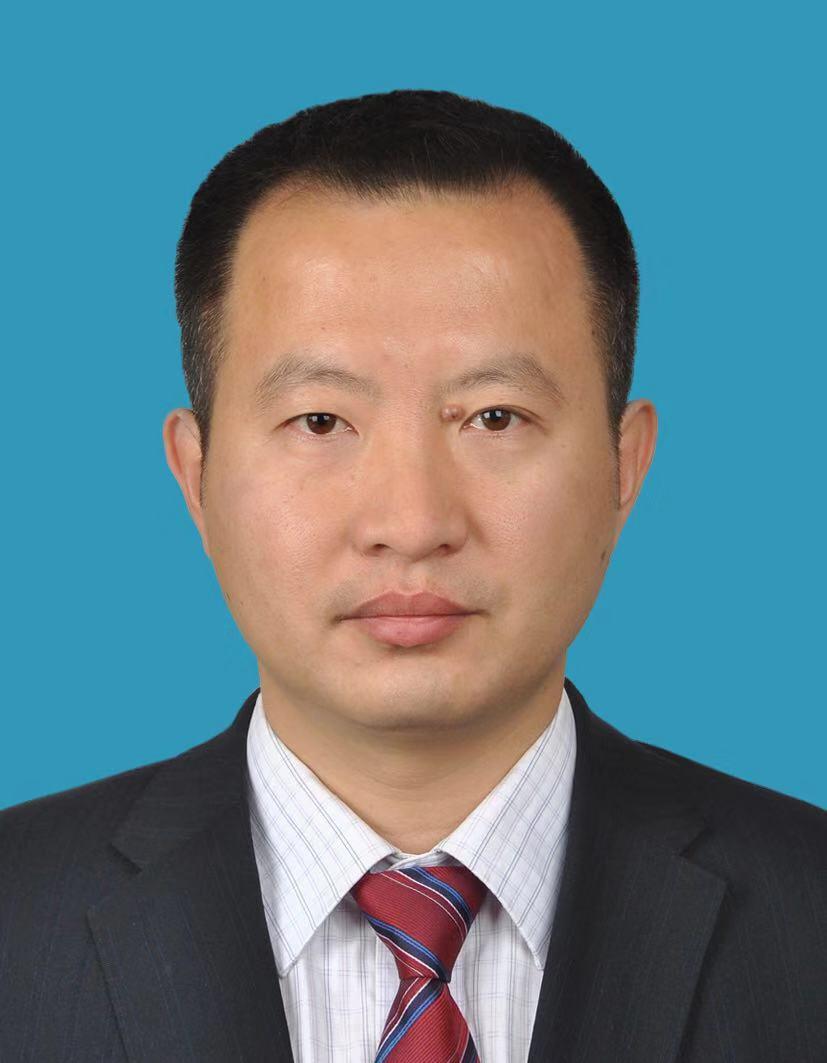
Chunsheng Wang
Chang’an University
Xi’an, China
Deterioration of steel bridges is a world-wide issue due to increase in traffic loads, fatigue and corrosion issues. There is clearly a need for studies that aim to develop feasible retrofitting methods along with design approaches for strengthening of steel bridges, as well as innovative methods to enlarge width of bridge decks to increase traffic lanes. Regarding to the above issues, there are a number of conventional and advanced techniques developed in recent years for rehabilitation and renovation of steel bridges. This session will focus on the state of these key studies and applications, which related but not limited to enlarging cross-sections of steel members using additional steel components, retrofit solutions using CFRP and SMA materials, external prestressing technique and so on.
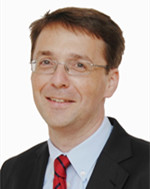
Alfred Strauss
University of Natural Resources and Life Sciences
Vienna, Austria

Drahomir Novak
Brno University of Technology
Brno, Czech Republic

David Lehky
Brno University of Technology
Brno, Czech Republic
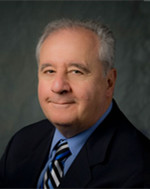
Dan M. Frangopol
Lehigh University
Bethlehem, USA
Limited financial resources together with the pursuit of sustainable management of existing bridges imply the need to use optimised assessment strategies that respect different construction methods and design analyses. In practice, however, the assessment usually follows conservative approaches recommended in the codes and more advanced and modern methods, widely employed by researchers, are rarely used. Therefore, it is important to develop robust practical methods and guidlines for refined assessment of civil engineering systems. The objective of this Special Session is to present the latest innovative multi-level strategies and approaches associated with the assessment and lifetime prediction of concrete structures. In addition, the scope of this Special Session is to discuss, present and propose coupling strategies for the multilevel assessment of existing concrete structures. Such strategies include, for example, nonlinear finite element (NLFE) analysis, modern testing and monitoring methods, safety concepts etc.
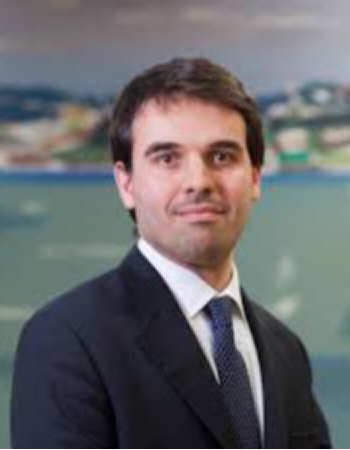
Jose Matos
University of Minho
Guimaraes, Portugal
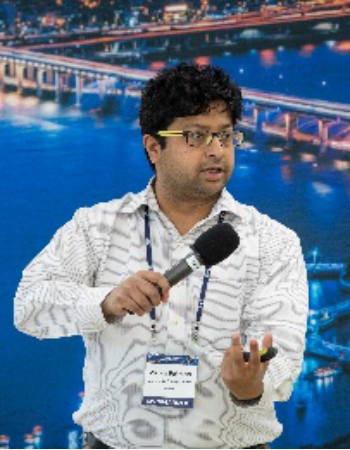
Vikram Pakrashi
University College Dublin
Dublin, Ireland
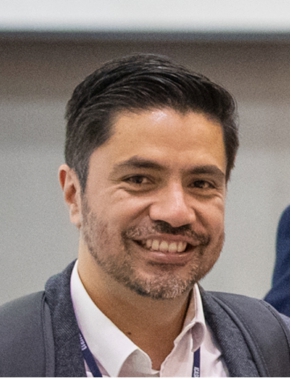
Emilio Bastidas-Arteaga
University of Nantes
Nantes, France
The EU Atlantic Area has extensive road and rail infrastructure but is degrading over time. There is inadequate investment to address all its problems and increased climate-related hazard makes it more vulnerable than ever. Naturally, we must create decision making methods and prioritize investment, intervention/replacement which are aware of such hazards and their evolution over lifetime. This SS addresses the overall lifecycle analyses of this challenge in the widest sense, including monitoring, inspection, repair/rehabilitation and asset management but not limited to them. It will create an interdisciplinary dialogue and impact the global need of better management of road/rail infrastructure.
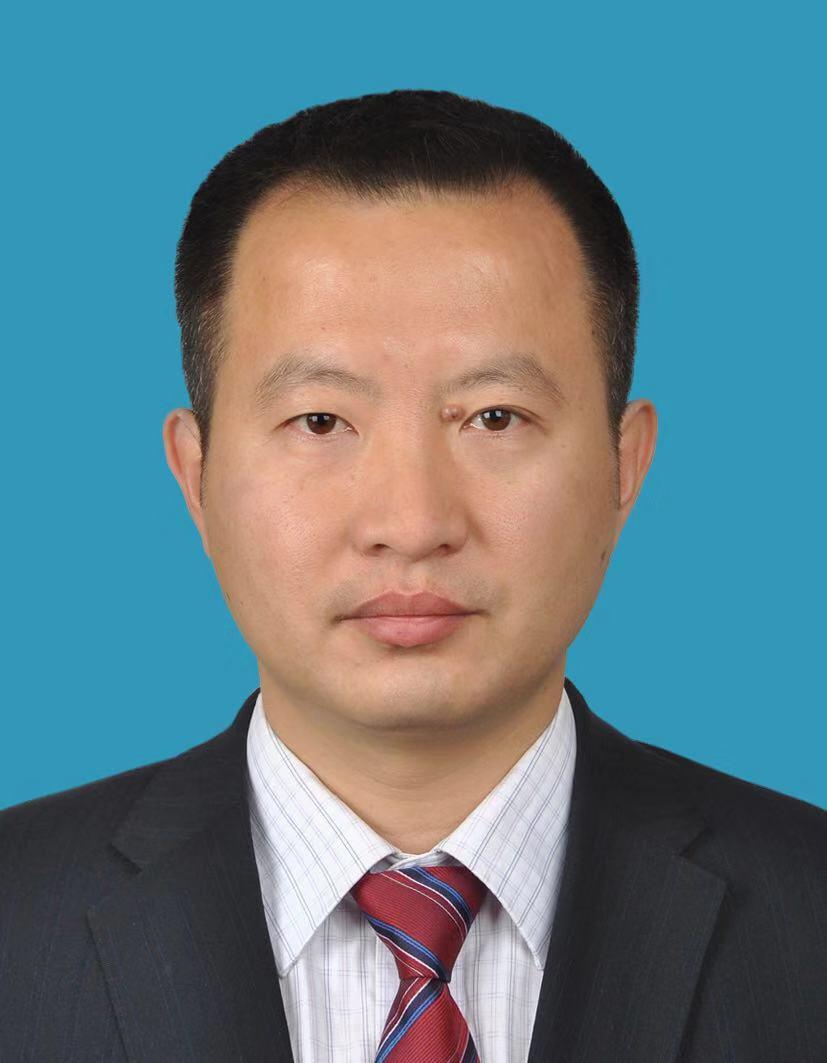
Chunsheng Wang
Chang’an University
Xi’an, China
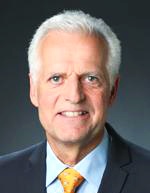
Eugen Brühwiler
École Polytechnique Fédérale de Lausanne (EPFL)
Lausanne, Switzerland

Wouter De Corte
Ghent University
Ghent, Belgium

Lan Duan
Chang’an University
Xi’an, China
High performance materials in bridge engineering involve high performance steels (HPS), weathering steel, high strength bridge cables, UHPC/UHPFRC, CFRP/GFRP, etc. The application of high performance materials in both new bridge construction and reinforcement of existing bridges will improve life-cycle bridge performance in terms of durability and economy, resulting in sustainable and environmentally friendly bridges. This session aims to the optimal design, performance study and engineering practice for application of high performance materials in bridges which are related but not limited to the following topics:
Performance study and optimal design of high performance bridge structures
Application of high performance materials in bridge reinforcement
Long-term performance of high strength bridge cables
Other application of high performance materials in bridge engineering.
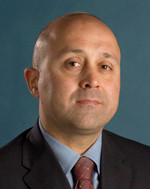
Fabio Biondini
Politecnico di Milano
Milano, Italy
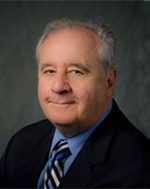
Dan M. Frangopol
Lehigh University
Bethlehem, USA
Structural systems, due to their inherent vulnerability, are at risk from aging, fatigue and deterioration processes due to aggressive chemical attacks and other physical damage mechanisms. The detrimental effects of these phenomena can lead over time to unsatisfactory structural performance under service loadings or accidental actions and extreme events, such as natural hazards and man-made disasters. The exposure to combined effects of discrete and continuous damaging events pose a major challenge to the field of structural engineering. The classical time-invariant structural design criteria and methodologies need to be revised to account for a proper modeling of the structural system over its entire life-cycle by taking into account the effects of deterioration processes, time-variant loadings, and maintenance and repair interventions under uncertainty. Despite these needs and recent research advances, life-cycle concepts are not yet explicitly addressed in structural design codes. Moreover, the level of structural performance is generally specified with reference to structural safety and reliability. However, when aging and deterioration are considered, the evaluation of the system performance should account for additional probabilistic indicators aimed to provide a comprehensive description of the life-cycle structural resources, such us redundancy, robustness and resilience. Based on these considerations and following the successful events organized at IALCCE2016 and IALCCE2018, the purpose of this IALCCE2020 Mini-Symposium is to present principles, concepts, methods, and strategies for measuring and evaluating the life-cycle risk, reliability, redundancy, robustness and resilience of deteriorating structural systems under multiple hazards, with emphasis on the interaction between seismic and environmental hazards.
Note: Mini‐Symposium organized on behalf of the SEI/ASCE Technical Council on Life‐Cycle Performance, Safety, Reliability and Risk of Structural Systems, Task Group 2 on Reliability-based Structural System Performance Indicators.
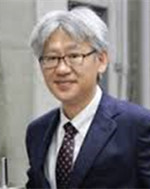
Chul-Woo Kim
Kyoto University
Kyoto, Japan

Patrick J. McGetrick
Queen's University Belfast/ National University of Ireland Galway
Belfast, UK/ Galway, Ireland

Álvaro Cunha
FEUP
Porto, Portugal
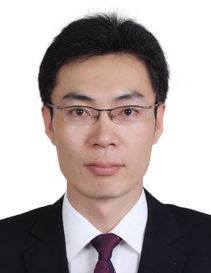
Feng-Liang Zhang
Harbin Institute of Technology (Shenzen)
Shenzen, China
Structural health monitoring (SHM) systems target early indication of deterioration in structures and support implementation of remedial strategies before damage leads to structural failure. As a result, adoption of SHM applications in industry is on the rise, however, fast-developing SHM technology (e.g. recent growth in UAV applications), has not yet been widely accepted by practitioners and bridge owners despite significant research activity; this is affected by limited satisfactory results in real-world applications. The aim of this mini symposium is to provide a forum in which scientists and engineers from academia and industry can present their state-of-the-art research on novel SHM technologies, focusing on practical real-world applications and successes.

Dong Xu
Tongji University
Shanghai, China

Jose Coderque Turmo
Universitat Politècnica de Catalunya
Barcelona, Spain

Jun Lei
Harbin Institute of Technology (Shenzen)
Shenzen, China
Structures might deteriorate due to imprecise design, environmental erosion, excessive load, material aging, etc. This will cause the malfunction of the structures regarding the requirement of serviceability, performance and safety in the life cycle of structures. To prevent structural defect and even sudden failures of structures, different types of indices have been proposed to evaluate the condition of newly built or existing structures. Some latest findings on stress-based, deformation-based indices will be presented. The main content of the mini symposium is to exchange the state-of-the-art and effective indices for condition assessment of structures under practical scenarios and to compare them with other methods to assess structural safety, and the implications of different technologies for SHM. Practitioners and researchers are welcome to discuss and share experience.

Yonglai ZHENG
Tongji University
Shanghai, China
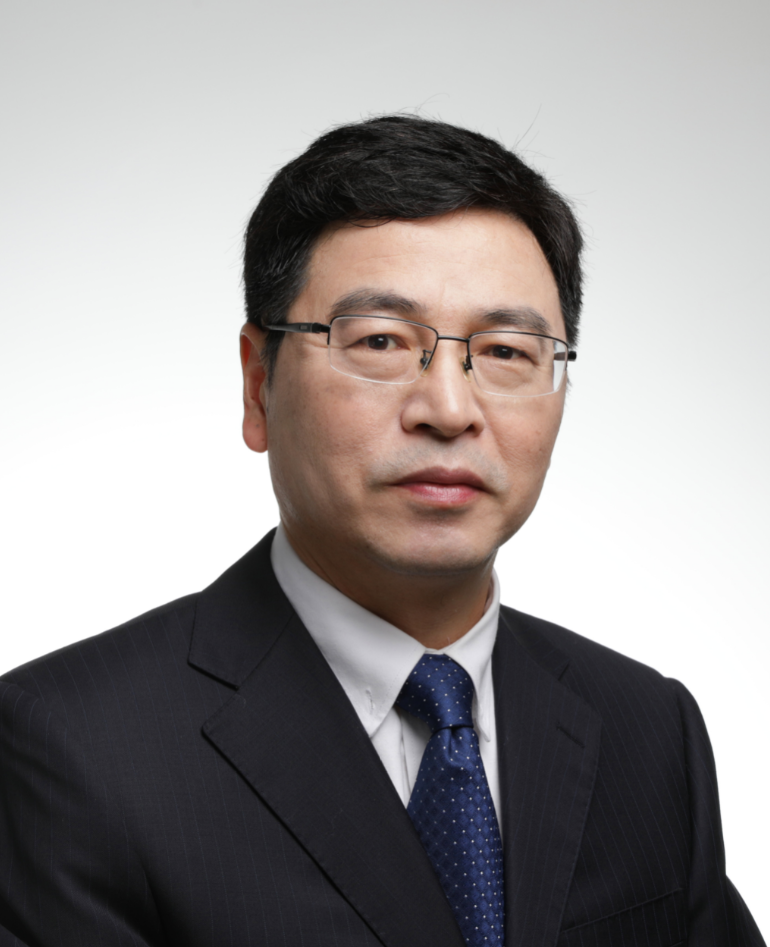
Hongguang XU
Anhui Transport Consulting & Design Institute Co., LTD
Hefei, China

Liu DON
Louisiana Tech University
Ruston, USA

Rujin MA
Tongji University
Shanghai, China

Zichao PAN
Tongji University
Shanghai, China
Water is one the most important resources to the national economic and social developments. The hydraulic engineering provides reasonable and effective distribution and utilization of water resources to the national economy. This SS is proposed to discuss and share recent academic research work and project studies in the field of hydraulic engineering.
The topics of this SS include, but no limited to,
Novel hydraulic structures;
Theoretical analysis and numerical simulation of hydraulic structure under different loadings;
Durability issues of the hydraulic structures;
Project management and quality control;
Influence of hydraulic engineering on ecology.

Lizhen Huang
Norwegian University of Science and Technology (NTNU)
Trondheim, Norway
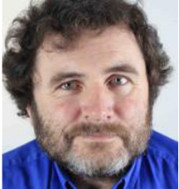
Erling Onstein
Norwegian University of Science and Technology (NTNU)
Trondheim, Norway

Junfeng Ge
Huazhong University of Science and Technology
Wuhan, China

Xiufeng Liu
Technical University of Denmark
Lyngby, Denmark

Weizhuo Lu
Luleå University of Technology
Luleå, Sweden

Guoqing Jing
Beijing Jiaotong University
Beijing, China
As so called “40%” sector, built environment (buildings and infrastructure) are identified as a key sector to global warming mitigation. Recently, Building information modelling (BIM), IOT, and AI, are proposed to improve the efficiency for construction and running built environment. The built environment, in particular, needs big data tools and architectures for to extend service life and minimize the life cycle energy and emissions. Digitalization of built environment will play an important role to achieve UN SDG 9, 11, and 12. As such, this MS will invite multidiscipline studies to discuss “how digitalization can support decarbonization of built environment with life cycle perspective”.

Bruno Briseghella
Fuzhou University
Fuzhou, China
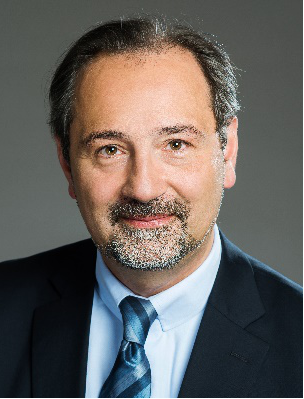
Christian Cremona
Bouygues Construction SA
Paris, France
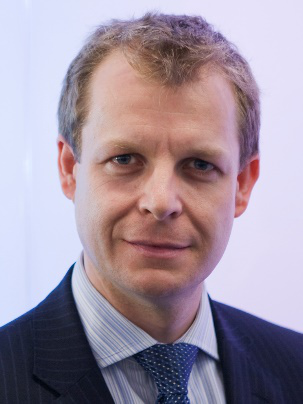
Steve Denton
WSP
London, UK
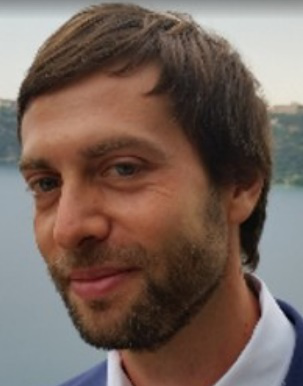
Davide Lavorato
University of Roma Tre
Roma, Italy
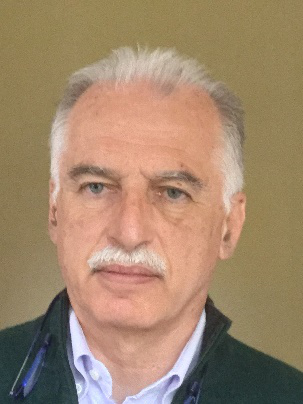
Camillo Nuti
University of Roma Tre
Roma, Italy
Transportation networks, including bridges, railways, tunnels, subways, utilities, dams, pipelines, power transmission systems, communication networks, etc. are fundamental for the economy in all the world. Unfortunately, in most of the countries, a big amount of them is reaching the end of their nominal life due to deterioration of the construction materials and in particular of corroded rebars in reinforced concrete structures. This Mini-Symposium aims to share the recent advances and code implementations in assessing, simulation, repair and retrofit of aged infrastructures. It is intended to cover the following key topics (but not limited to): monitoring, identification, assessing of corrosion, material deterioration, modelling, codes, repairs and retrofitting strategies, techniques to reduce corrosion.
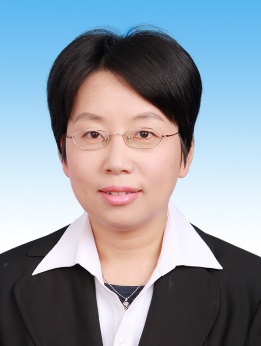
Min Hu
Shanghai University
Shanghai, China

Ying Chang
Shanghai Urban Operation Group
Shanghai, China
Tunnel is a typical traffic infrastructure, which is more complex than other infrastructures such as highway and bridge, because of the variety of equipment and complex spatial structure. Thus, there are many challenges in life cycle management of tunnel. This Symposia will invite five speakers to introduce the newest research result from automatic inspection and analysis technology of tunnel defects, tunnel spatio-temporal data organization, life-cycle oriented Operation & Management information platform framework and the data-driven tunnel life-cycle evaluation and decision-making. Meanwhile, this symposia will also discuss the application effect of these technologies in Hangzhou Wenyi Road Underpass and Shanghai Dalian Road Tunnel.

Xin Ruan
Tongji University
Shanghai, China

Rujin MA
Tongji University
Shanghai, China

Dalei Wang
Tongji University
Shanghai, China
Conference Secretariat IALCCE 2020
Powered by Weicheng


